Plant and Flowering Tree and Shrub Suggestions for Massachusetts
claga
10 years ago
Featured Answer
Sort by:Oldest
Comments (26)
Steve Massachusetts
10 years agolast modified: 9 years agogardenweed_z6a
10 years agolast modified: 9 years agoRelated Discussions
Looking for tree/shrub/plant suggestions SE MA
Comments (32)Thank you for your input, Imich! I was aware of the possibility of Adverse Possession, since I had been maintaining that piece of land for 17 years, and both prior owners of the property assumed it was my land, too. And I put a lot of plants over there, and she ended up with all the mature ones :( But I don't want to be a pain in the rear. And what done is done. In hindsight, I guess I would have asked her to allow me some of the land at the rear of the property and in return I would allow her the same amount at the front of the property----just to avoid the diagonal effect!!! My main concern now is using my property from the fence line over to the fullest, and I am certain she is going to tell me that I can't place certain things near her fence. So I want to remain within legal limits, BUT place things where I wish upon my own property.......but I will give her that foot that is technically mine. A concern I have right now.....I have a very large scrub pine that regularly loses large branches during storm. I am liable for fence damage from this tree, yes? Even though it existed for many years before the fence existed? In other news, not all my potted plants that were to go in front of the fence survived the winter.....I lost several ninebarks and an ornamental grass, and a few perennials; so I have less to work with. I did install three small rhodies from my pot ghetto in the shady area in front of the fence, and we planted our serbian spruce Christmas tree in a sunnier area in front of the fence. I gave the serbian spruce plenty of clearance from the fence. Teresa...See MoreSuggestion for a flowering dense shrub.
Comments (11)Take your time and do some research with reputable sources. If you don't have Michael Dirr's references Hardy Trees and Shrubs buy it or borrow it. It will repay you in better landscaping choices. Also, MOBOT and Chicago Botanical gardens have great websites with helpful lists and recommendations. Consider ¨Four Season Interest¨ your goal, even if it isn't always possible. I say Four Season Interest, Minimal Pruning and Minimal Spraying. If quick growing is your only criteria then forsythia and quince fit the bill. However, Both look good only in one season. In my experience both are pruning nightmares. Personally, I don't think either one complements landscapes due to their messy growth. If it is a very visible spot I think lilacs have the same challenge. They need regular renewal pruning to look good. Set your sights higher. Is your spot such that you could do a mixed planting? Some lovely conifers with restrained growth, Serviceberry, resistant viburnums....See MoreShrub with red flowers (in May in eastern Massachusetts)
Comments (9)I didn't guess the two shrubs I asked about were the same (but with different flower colors). The overall appearance is so different and I thought the leaves were very different. When I went out to see if I believed your answer, I saw each of these two shrubs has two distinctly different leaf types. The smaller, darker, more curved leaves are dissimilar enough between the two plants that I wouldn't guess same (and neither looks to me similar to the long, thin, curved dark green leaves in online Azalea photos. But the slightly larger lighter green leaves that are a large majority of leaves on the red flowering shrub are a perfect match for the leaves that are a small minority on the white flowering shrub. The flower shapes match each other (and online photos of Azalea). I just didn't know how common that flower shape is. Having two very distinct leaf types seems to be a feature these two plants share distinct from many other shrub types. I'll try to find older photos to check, the smaller darker leaves may be just older, or maybe specifically cold adapted. Do existing leaves shrink in the cold? Or do leaves that start growing in the cold end up smaller than leaves that start when it is warmer? I don't even recall whether these shrubs kept some leaves all winter or not....See MoreSuggestions on how to soften tree line. Trees? Shrubs? Groundcover?
Comments (1)I would suggest groundcover. No idea where you are so don't know what grows/works in your area....See MoreNHBabs z4b-5a NH
10 years agolast modified: 9 years agoThyme2dig NH Zone 5
10 years agolast modified: 9 years agoNHBabs z4b-5a NH
10 years agolast modified: 9 years agomad_gallica (z5 Eastern NY)
10 years agolast modified: 9 years agoclaga
10 years agolast modified: 9 years agoclaireplymouth z6b coastal MA
10 years agolast modified: 9 years agoSteve Massachusetts
10 years agolast modified: 9 years agogardenweed_z6a
10 years agolast modified: 9 years agotree_oracle
10 years agolast modified: 9 years agoPersimmons
10 years agolast modified: 9 years agoclaga
10 years agolast modified: 9 years agoNHBabs z4b-5a NH
10 years agolast modified: 9 years agolauranh
10 years agolast modified: 9 years agoclaga
10 years agolast modified: 9 years agoclaireplymouth z6b coastal MA
10 years agolast modified: 9 years agotree_oracle
10 years agolast modified: 9 years agoNHBabs z4b-5a NH
10 years agolast modified: 9 years agoclaga
10 years agolast modified: 9 years agotree_oracle
10 years agolast modified: 9 years agoterrene
10 years agolast modified: 9 years agoNHBabs z4b-5a NH
10 years agolast modified: 9 years agotree_oracle
10 years agolast modified: 9 years agoWendyB 5A/MA
9 years agolast modified: 9 years ago
Related Stories

FALL GARDENING9 Deer-Resistant Flowering Shrubs to Plant This Fall
These exquisite shrubs will attract your attention but won’t tempt the deer that roam your neighborhood at night
Full Story
TREES7 Deer-Resistant Flowering Trees to Plant this Fall
If you live in a neighborhood with roaming deer, consider these beautiful trees that won't tempt hungry guests
Full Story
GARDENING GUIDESHow to Prune Your Flowering Shrubs for the Best Blooms
Less is often more when it comes to properly pruning flowering shrubs. Here’s what to do and why
Full Story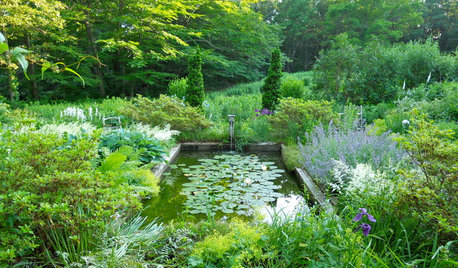
PLANTING IDEAS5 Reasons to Bring Shrubs Into the Flower Garden
Mix up the garden experience and let the flowers and shrubs play together
Full Story
TREESHow to Buy Healthy Trees and Shrubs
A healthy young plant with a strong form is more likely to do well in your yard. Here’s what to look for at the nursery
Full Story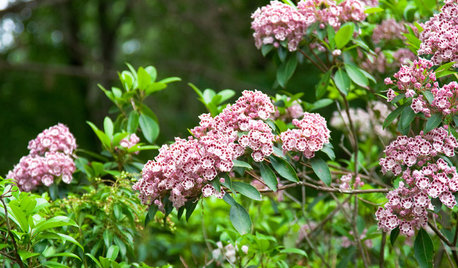
FLOWERS AND PLANTSKalmia Latifolia’s Origami-Like Flowers Shine in the Shade
This shade-tolerant shrub, also known as mountain laurel or calico shrub, thrives in East Coast woodland gardens
Full Story
GARDENING GUIDES8 Native Shrubs for Year-Round Bird Feeding
It’s not just about berries. These plants provide insects for birds and seasonal interest for gardeners
Full Story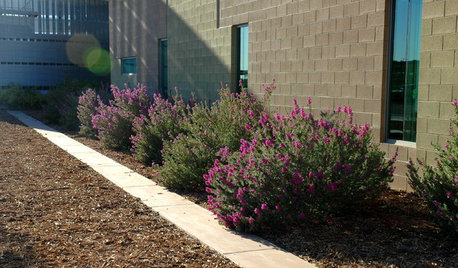
GARDENING GUIDESHow to Avoid Overcrowded, Overpruned Shrubs
Go for a more natural look that’s easier and less expensive to maintain by giving your plants the right amount of growing room
Full Story
GARDENING GUIDESPrunus Virginiana Thrives Under Deciduous Trees
Plant chokecherry for showy white flowers favored by native bees in spring, and to provide nesting habitat and food for birds
Full Story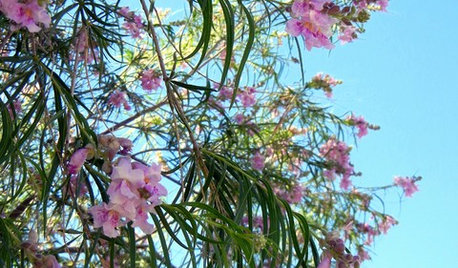
LANDSCAPE DESIGNGreat Design Plant: Paint the Summer Landscape With Desert Willow
If the vibrant flowers of this Southwestern native tree don't blow you away, the hummingbirds, fire resistance and low maintenance will
Full Story


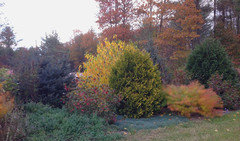

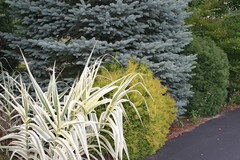
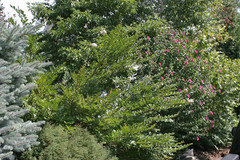


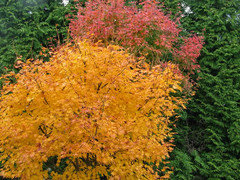

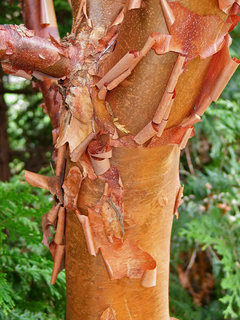
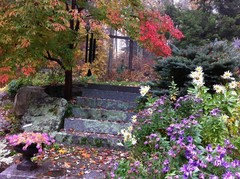
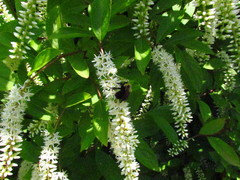
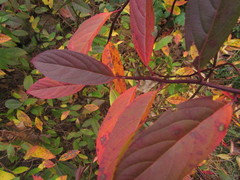




diggingthedirt